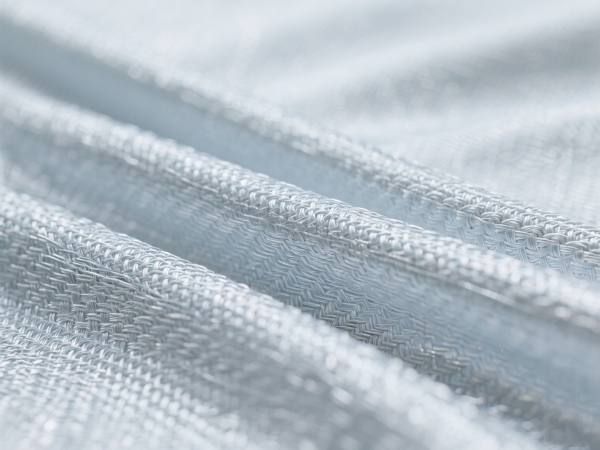When you're picking materials for buildings, vehicles, or any equipment that might be exposed to high heat, fire safety naturally jumps to the top of the list. That’s where fiberglass composite starts to stand out—not just for being strong and lightweight, but also because it can handle fire surprisingly well.
But how exactly does it do that? And is it actually safe to use indoors? Let’s break it down in a simple, no-fluff way.

Fair question. The quick answer? Not easily.
Fiberglass itself—the actual glass fibers—doesn’t burn at all. It's basically melted sand, so it's non-flammable. The thing you do need to watch is the resin, the stuff that holds those fibers together. Some standard resins (like regular polyester) can catch fire, but most fiberglass composites used in safety-focused products use fire-retardant resins. These are made to resist catching fire, and often self-extinguish when the flame is removed.
So overall, fiberglass composite won’t just go up in flames—but it does depend on how it's made.
It’s all about the combo.
Glass fibers = non-flammable. They can take a lot of heat without burning.
Resin = the variable. If the resin is fire-resistant (like phenolic, brominated epoxy, or phosphorus-based), then the whole composite becomes much safer in a fire.
Some manufacturers also add things like aluminum trihydrate (ATH) to the mix, which helps cool things down when the heat’s on—literally. It releases water vapor when heated, which helps suppress flames and slow things down.
Bottom line: fiberglass composites are built to resist fire, especially when the right resins and additives are used.
Yep, it does pretty well—even when things heat up.
A good fiberglass composite can handle temperatures up to around 250–300°C (480–570°F) without falling apart. The exact number depends on the resin type. For example, phenolic resin composites are rock-solid in heat and often used in high-risk environments like trains, aircraft interiors, and power plants.
They don’t melt like regular plastic, and they don’t lose shape easily either. So if your project involves high temperatures, fiberglass is a smart, steady performer.
Definitely, and it’s one of the reasons fiberglass composite is so popular for things like:
Wall panels in commercial buildings
Ceiling boards and partitions
Electrical enclosures
Train or subway interiors
HVAC systems
When made with the right fire-resistant resin, fiberglass can meet international fire safety standards like UL 94, ASTM E84, or EN 45545 (for railways). Another plus? It doesn’t produce a ton of toxic smoke like some plastics do. That makes it a safer choice in spaces where people might need to evacuate quickly during a fire.
So yes—fiberglass composites are not only strong and durable, but also a fire-safe option indoors.
Fiberglass composite isn’t just about strength or weight savings—it’s also about safety. The glass part won’t burn, and when combined with fire-rated resins, the entire material can withstand significant heat. Whether you're designing something for a building, vehicle, or industrial setup, fiberglass composites give you a nice balance of fire resistance, reliability, and peace of mind. If fire safety is part of your checklist (and let’s be honest—it should be), fiberglass composite is worth a closer look.